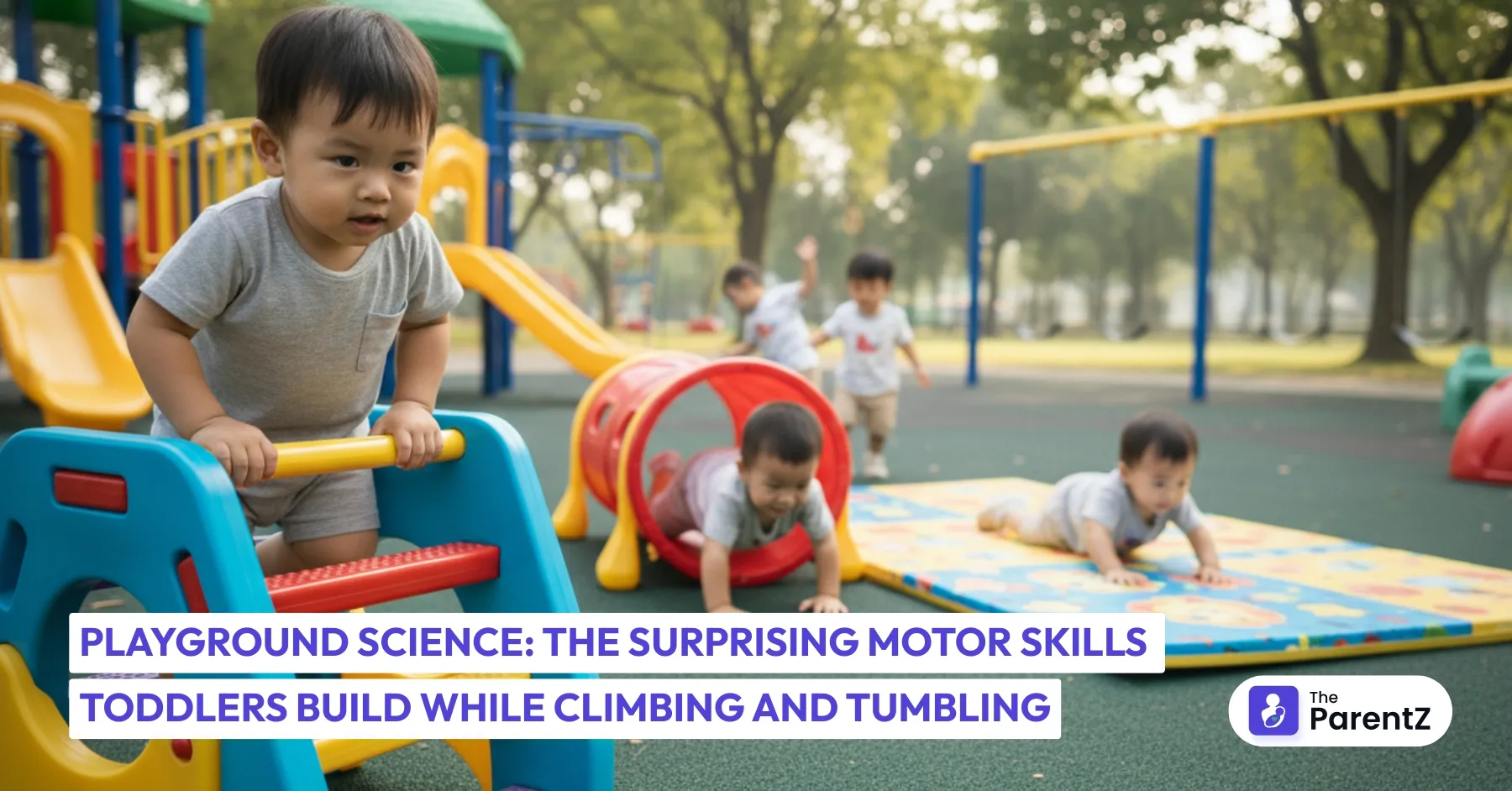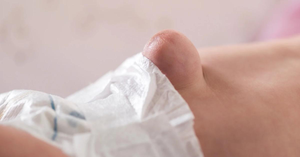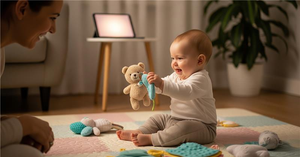If you watch toddlers at a playground, you’ll see more than just fun and games. Climbing up a slide, tumbling on the grass, or swinging from a bar actually helps their bodies and brains grow in important ways. The science behind this play shows that these active moments are not just about burning energy; they build key motor skills that form the foundation for so much else in life.
Why Climbing and Tumbling Matter
Medical research confirms that climbing and tumbling provide toddlers with vital physical and cognitive benefits. When toddlers climb, their entire body works. They use large muscles in their arms, legs, and core, which develop strength and balance. Studies also show that climbing activates areas in the brain related to problem-solving and memory because children must plan their movements carefully and remember where to put their hands and feet next.
Tumbling or rolling on soft mats builds body awareness, coordination, and even bone strength because it is a weight-bearing activity. These actions improve balance and teach children spatial awareness, like knowing where their body is in space, which helps them walk, run, and play safely.
The Eight Senses Engaged in Movement
Movement play also helps develop more than just the five familiar senses. It engages the vestibular sense (balance and movement), proprioception (body awareness), tactile sense (processing different textures), and interoception (inner body signals like hunger or tiredness). For example, when a toddler climbs a jungle gym, they use inner ear balance sensing to stay upright, while muscle and joint feedback help them understand how to move safely.
Practical Tips for Parents: Making Motor Skill Building Real at Home
Let's explore some practical, doable ways you can encourage climbing and tumbling for toddlers, even with the usual limitations:
- Use Safe, Soft Spaces Indoors: If outdoor playgrounds aren’t nearby or safe, create a “soft play zone” at home with cushions, pillows, or foam mats where kids can tumble and climb low structures like sturdy boxes or furniture.
- Join in the Fun: Climbing and tumbling feel safer and more fun when parents participate. Crawl, roll, and climb with your toddler to encourage their efforts and model safe movement.
- Encourage Age-Appropriate Climbing: Let toddlers explore climbing on age-safe equipment like low ladders, foam blocks, or small slides rather than high or tricky playground gear. Gradually, their confidence and skills grow.
- Turn Household Items into Play Tools: Making a little obstacle course using chairs, cushions, or safe boxes challenges toddlers to think and move in new ways. This builds problem-solving alongside motor skills.
- Give Time for Unstructured, Free Play Outdoors: Natural playgrounds, parks, or even open spaces allow children to climb trees, balance on logs, or tumble on grassy patches; activities rich with sensory and motor benefits.
- Don’t Overprotect; Let Kids Take Safe Risks: A little wobble or a careful climb teaches kids how to assess risk and develop balance. As long as you ensure safety measures like soft ground and supervision, allow them the freedom to explore.
- Limit Screen Time to Boost Active Play: Active climbing and tumbling help the brain develop better than passive screen time. Try replacing a small daily screen slot with outdoor or indoor movement activities.
Benefits Beyond the Body
Climbing and tumbling are also great for social and emotional growth. Taking turns on playground equipment or trying to reach the top builds patience and confidence. Achievements like reaching a higher step or completing a roll give toddlers a sense of success. Plus, physical play triggers brain chemicals that boost mood and reduce stress, making kids happier and more focused.
Conclusion
Encouraging toddlers to climb and tumble is one of the easiest and most effective ways to support their all-round development. With a bit of creativity and safe boundaries, every parent can help their child build strong bodies and brains through joyful movement. So next time you’re at the playground or even at home, remember: those playful climbs and rolls are early building blocks for lifelong skills.








Be the first one to comment on this story.